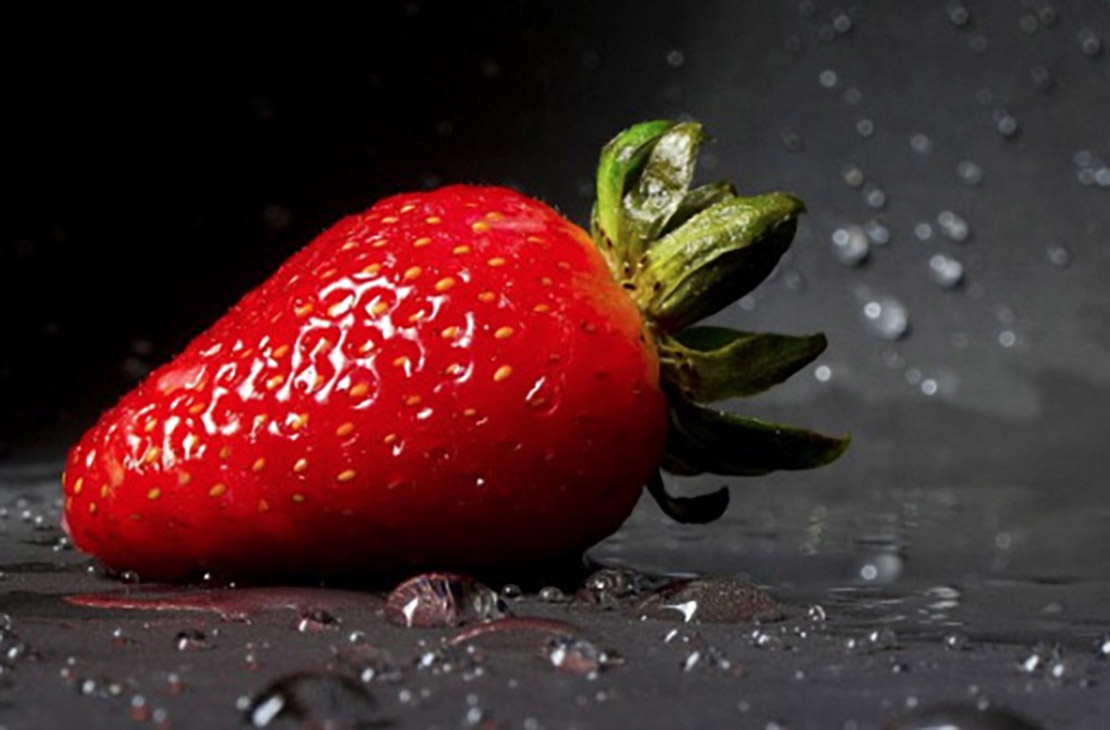Summer fun and learning with your child!
by Lauren McCawley
Often, the best answer to a child’s question is no answer at all. As children grow and expand their understanding of the world, they seek guidance by asking questions of the adults around them. With children home for the summer, many parents and caregivers may be feeling overwhelmed with constant queries.
Instead of providing the answer, help your child find their own path to the answer. Child-led exploration not only promises authentic learning; it also helps children gain confidence as they take risks, make and test hypotheses, and discover that they are more than capable of figuring things out on their own. As they perfect these skills, your child will be more likely to announce “I can figure it out by myself!”
This being summer, your young learner may be especially fascinated by water. Water is the perfect way to explore scientific inquiry because it is all around us, familiar, yet holds mysteries of its own. The scene: you and your child are enjoying some fresh strawberries when they notice that the seeds look different when viewed through a drop of water clinging to the berry.
Why might this be? Surface tension holds the water drop on the berry, while water forms into droplets because of cohesion. Water also has magnification properties. Don’t tell any of this to your child yet. Instead, let’s help them find their own path to learning.
The learning model that many of us grew up with is one where a rock-star teacher imparts knowledge to their rapt students. Inquiry based learning, instead, encourages the child to be the star. As children make their own discoveries supported by caregivers and teachers, their confidence and knowledge grows.
What are the steps of child-led, inquiry based learning?
· Ask your child to describe what they see. (They might be marveling at magnification while we think they’re spying surface tension.) This might take several probing questions designed to provide your youngster with the needed vocabulary.
· Encourage them to guess what is happening, perhaps by comparing what they see to something they already understand.
· Help them to replicate the situation by adding water droplets onto other berries or totally different objects.
· Guide them in making predictions and explaining how those predictions did or did not prove true.
· Your child might even set up an experiment to test a hypothesis.

How can we help students explore natural phenomenon at their own pace? We have to provide scaffolding. Scaffolding helps hold up a building as it is built, and is slowly removed as the building’s structure becomes more solid and self-supporting. Our educational support must do the same. The tricky part is providing this support without providing the answers. As adults, we can become impatient for the learning to be “completed” with the gaining of a specific skill or piece of knowledge.
Don’t be afraid to embrace a more undefined vision of learning, where children feel safe to explore with no end-game or “aha! moment” as a goal.
Back to our strawberry! In this case, let’s say that magnification is the fascinating phenomenon observed.
· Your child notices that the strawberry seeds look different. A great question to open discussion might be, “How do they look different?” or “What do you think is making that happen?”
· After they describe that they look bigger behind the water drop, you might ask if they think the water drop is making the seed look bigger. Encourage them to test this: they may choose to do this by wiping the drop away to see if the seeds “go back to normal” or by adding another drop to see if that also “makes the seeds big.”
· You might then suggest adding water drops to other objects, and then later help your young learner create a statement such as “Water makes things look bigger.”

· If age appropriate, this would be a great time to teach the word “magnify” and perhaps link it to a “magnifying glass.” If your child is interested, this can open a whole world of discovery as they use their new magnifying tool to carefully and minutely observe the world around them.
· Don’t hesitate to embrace this for further scientific learning, art projects, research, and more!

